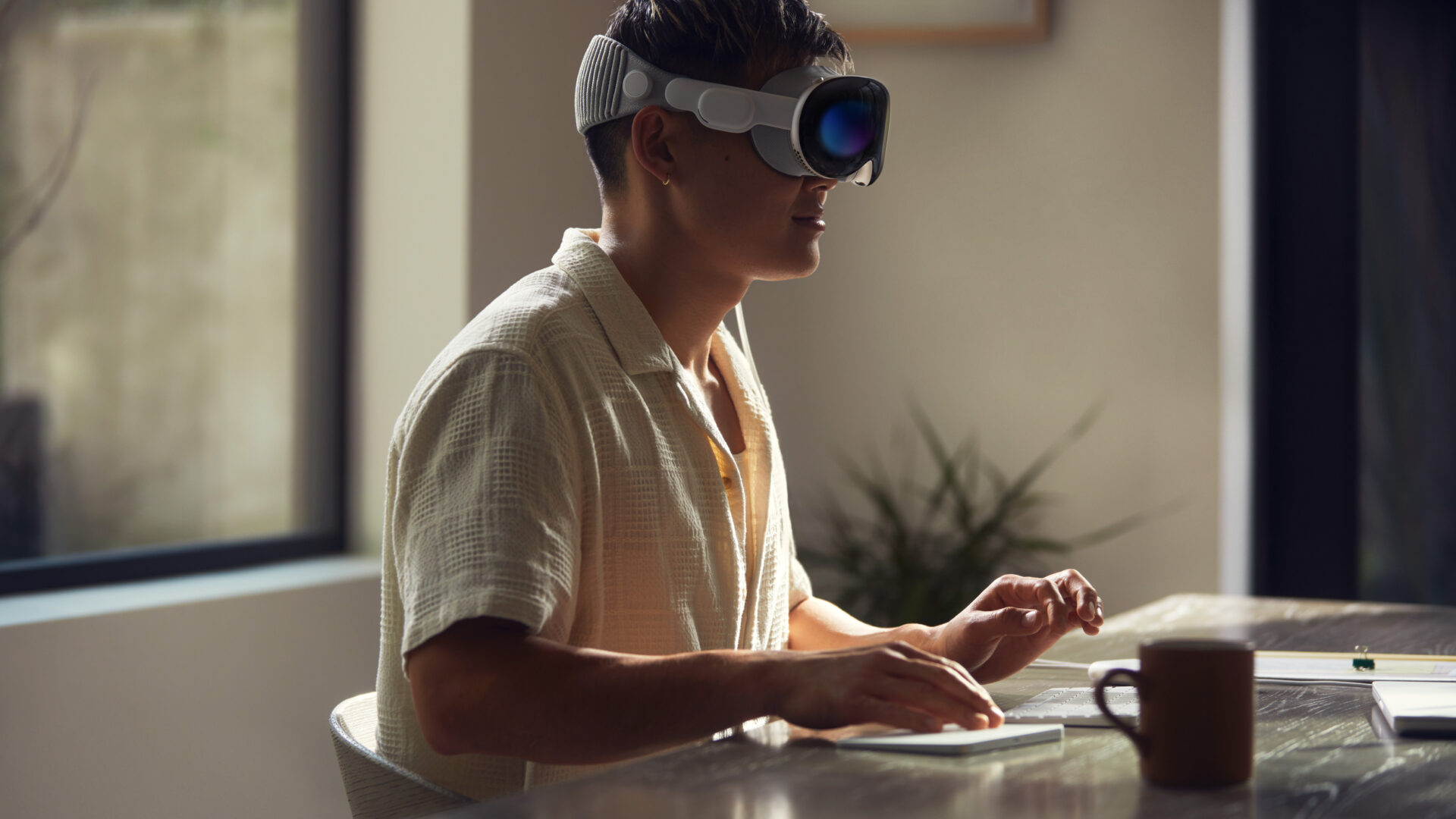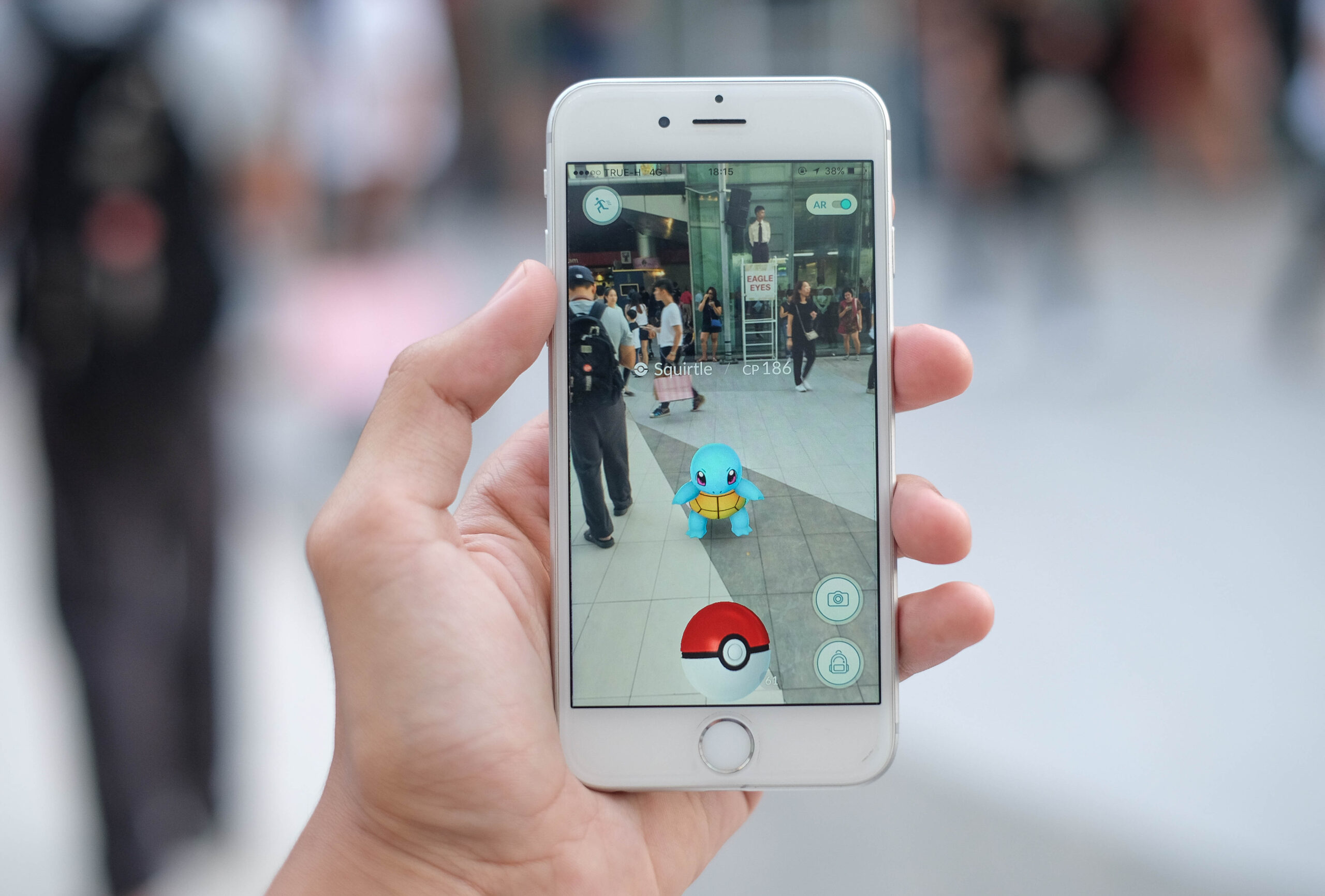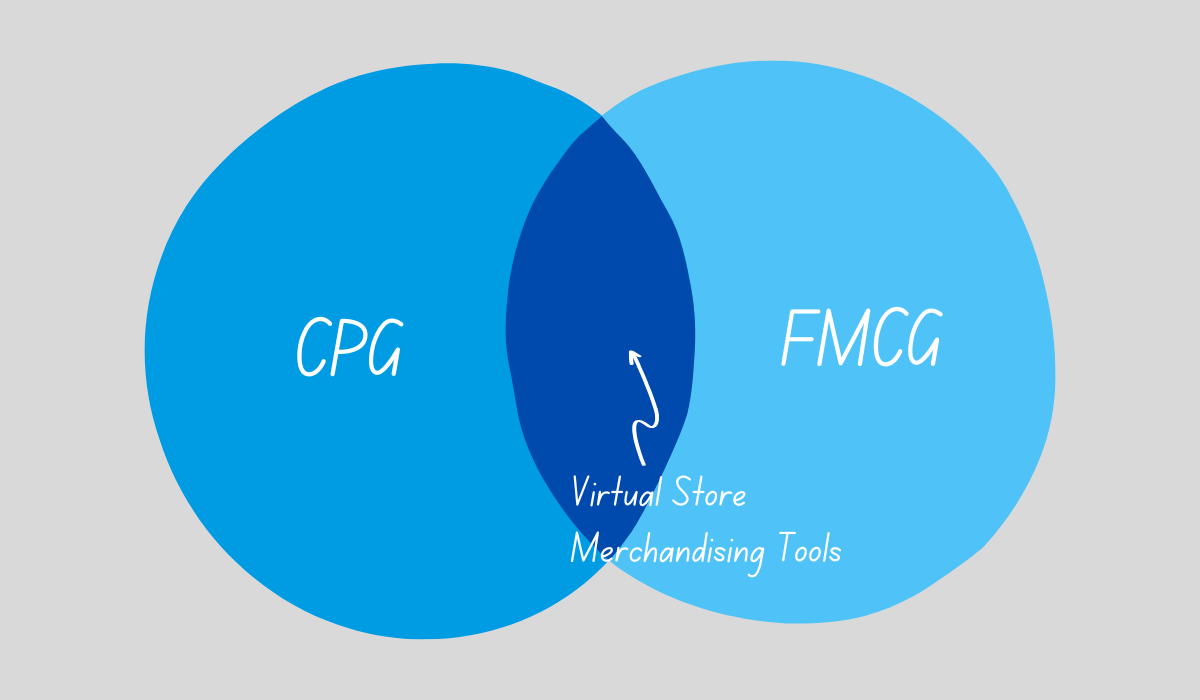During Apple’s WWDC23 event on June 5, countless people took time out of their day to catch the big announcement: the brands’ new AR/VR product, Apple Vision Pro. Set to launch in early 2024, the Vision Pro is everything we expect from Apple product development and more. Yet there were surprises. It’s still a headset—not glasses as many predicted—though drastically less bulky than others in the market, and more sophisticated. It serves as a sort of hybrid device that can shift between augmented and fully immersive capabilities. There are no controllers, and it operates between other Apple products, including Airpods or your Macbook. It also has a hefty price tag at $3,499.
So, the critical question: what does this mean for the future of extended reality? At InContext, we walked away with three simple takeaways from yesterday’s event:
- The Vision Pro will define what is good in mixed reality technology. Apple introduced the Vision Pro with the statement: “The era of spatial computing is here.” It offers a highly sophisticated interface driven by hundreds of new patents, relies on a new operating system, VisionOS, and introduces the EyeSight technology that can automatically adjust the user’s environment in real time. It uses eye tracking and voice recognition to navigate, and Apple found a way to allow users to engage without handsets or controllers. Apple has always paved the way for best-in-class device experiences, first with its computers, then its phone and tablets. Vision Pro is technically excellent, and it will define what is good in mixed reality technology going forward.
- Mixed reality is paving the way for the Metaverse. Apple developed Vision Pro to intentionally allow both users and those around them to remain connected and engaged. Apple is leaning into its ability to drive collaboration and efficiency, while providing a unique approach to entertainment, reinforced with its announced partnership with Disney Plus. This is not a metaverse play, yet, but it could be in the future. As it gains broader adoption, this device will help the average consumer become comfortable with augmented reality and virtual reality as part of their everyday lives. As this happens, the path to an immersive metaverse ecosystem will become more like stepping stones rather than a major leap.
- This will gain commercial success first. At a $3,500 per headset price and the need for custom fittings, it is hard to see this starting out as something truly attainable for the everyday consumer. Penetration will come at the corporate level and among high-income consumers. This is an aspirational luxury for the average consumer to start. As prices decrease, demand will be strong enough that move from early adopter to early majority will be fast but that will take time. Professionals will engage with Vision Pro at work, capitalizing on partnerships with Zoom, Microsoft, and more at part of their workday. As prices come down, consumers will look to buy Vision Pro for their homes.
From on outsider perspective, the launch of Vision Pro is a clear catalyst to push the broader adoption of augmented and virtual reality into commercial applications on a universal level. At InContext, we strongly believe extended reality (including AR, VR and mixed reality) is going to change how we work, shop, and communicate in a significant way not only today but in the coming years. The launch of Apple’s Vision Pro not only reinforces that there is significant opportunity for mixed reality in the future, but that now is the time when companies need to be building their strategy for how to engage and build out virtual capabilities.





